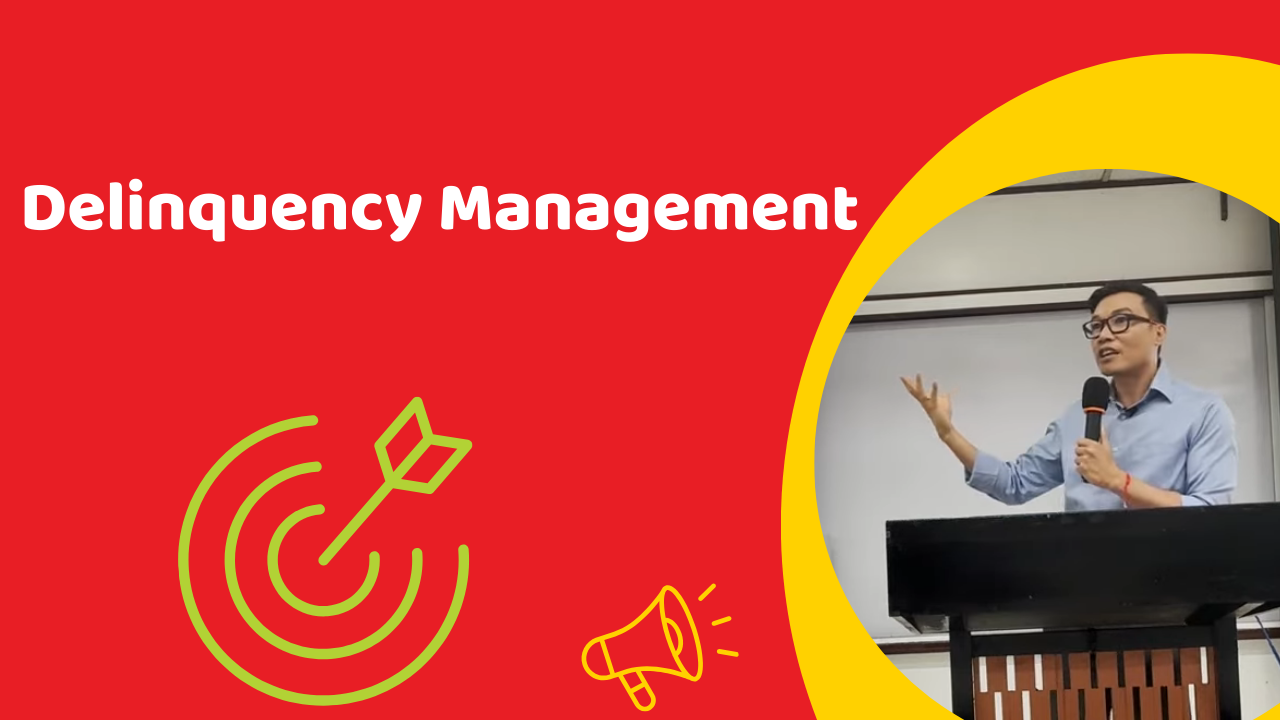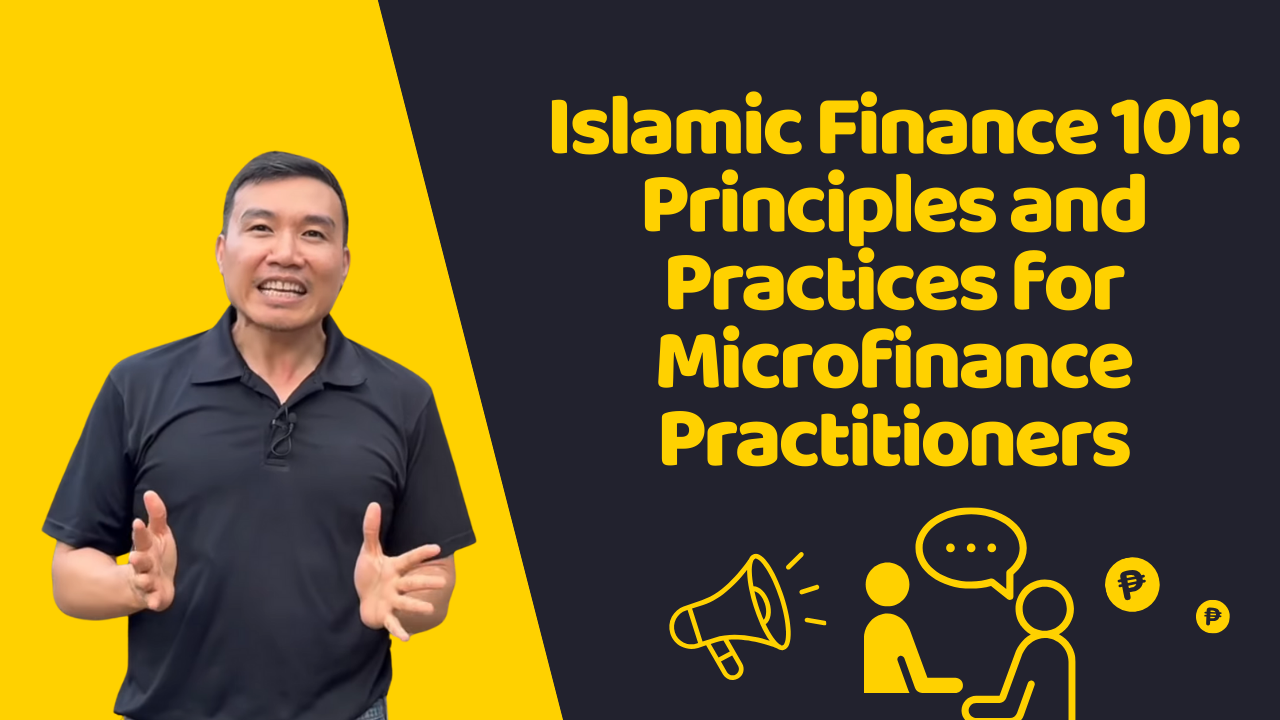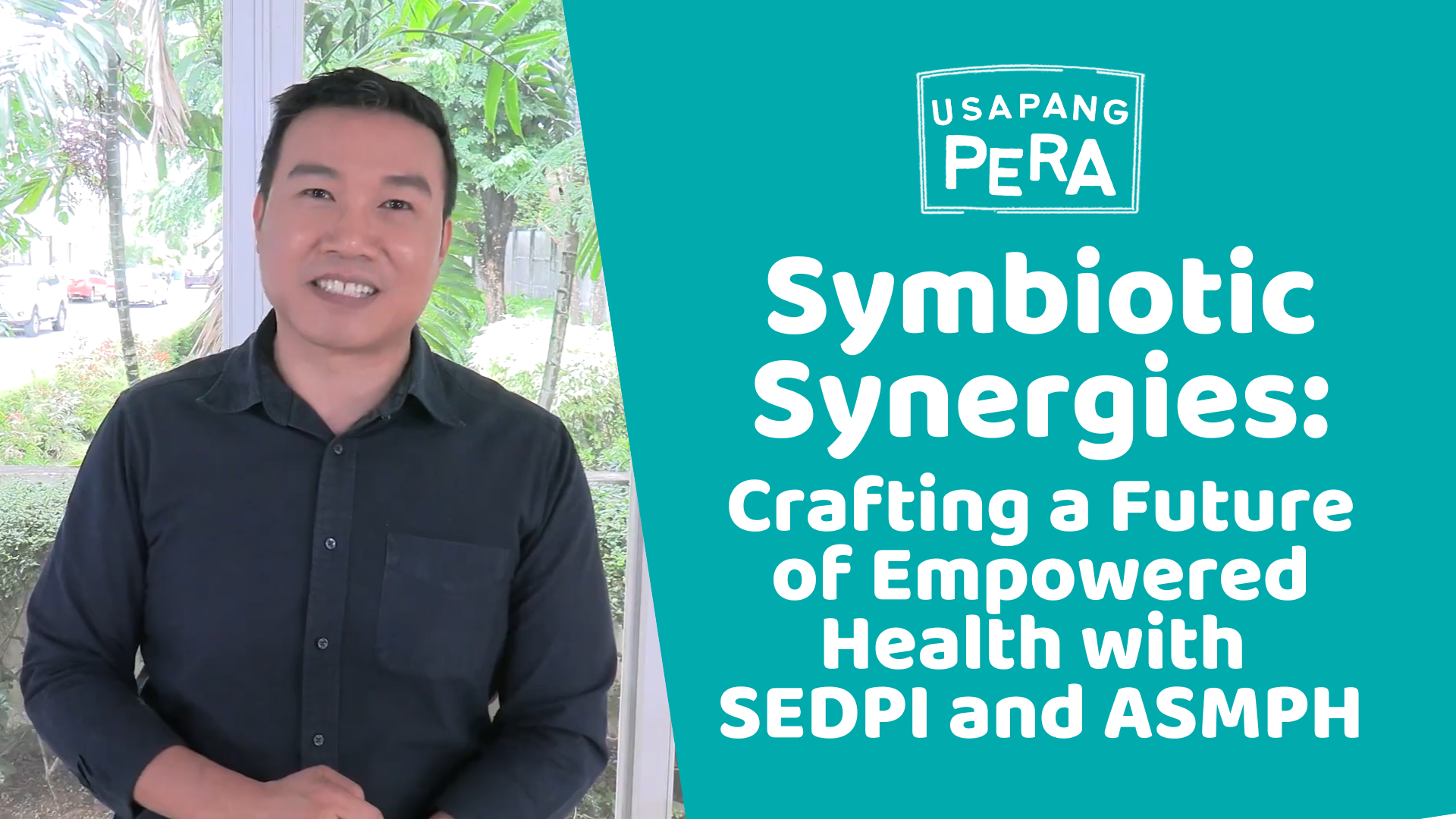Tag: ateneo de manila
-

Delinquency Management
Ateneo de Manila-SEDPI NanoEnterprise Development Program(formerly the Ateneo Microfinance Capacity-Building Program) Course Objectives: Course Description: This course equips microfinance practitioners with essential tools and strategies to manage loan delinquency effectively. Participants will explore causes, costs, and borrower perspectives on repayment, learn key metrics like portfolio at risk, and apply loan classification and collection techniques. Gain actionable…
-

Islamic Finance 101: Principles and Practices for Microfinance Practitioners
Ateneo de Manila-SEDPI NanoEnterprise Development Program(formerly the Ateneo Microfinance Capacity-Building Program) Course Objectives: Course Description: Discover the foundations of Islamic finance and its applications in microfinance. This course covers Shari’ah-compliant principles, ethical finance practices, and practical tools for empowering communities. Gain insights into profit-sharing, risk-sharing, and asset-backed arrangements that prioritize fairness and community well-being, tailored for…
-
Update 3: Community assessment and recommendations for support to microenterprises and the informal sector during and after COVID-19
SEDPI is a group of social enterprises that provide capacity building and social investments to development organizations and directly to microenterprises. We serve ~8,000 microenterprises in Agusan del Sur and Surigao del Sur, two of the poorest provinces in the Philippines. Most of our members, about nine in 10, are women with an average age…
-
Ateneo-SEDPI Financial Literacy Training of Trainers
The Ateneo-SEDPI Microfinance Capacity-Building Program is mounting nationwide three-day training events entitled “Financial Literacy Training of Trainers”. The training of trainers is a certification that aims to equip stakeholders from the government and private sector to contribute to the financial empowerment of Filipinos. Training of Trainers (ToT) focuses on providing various methods and techniques on…
